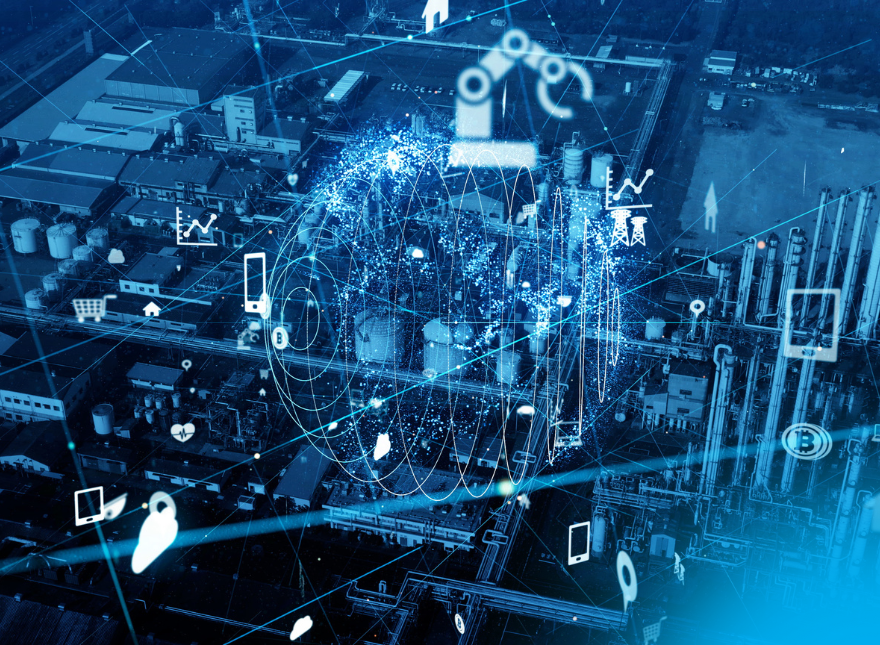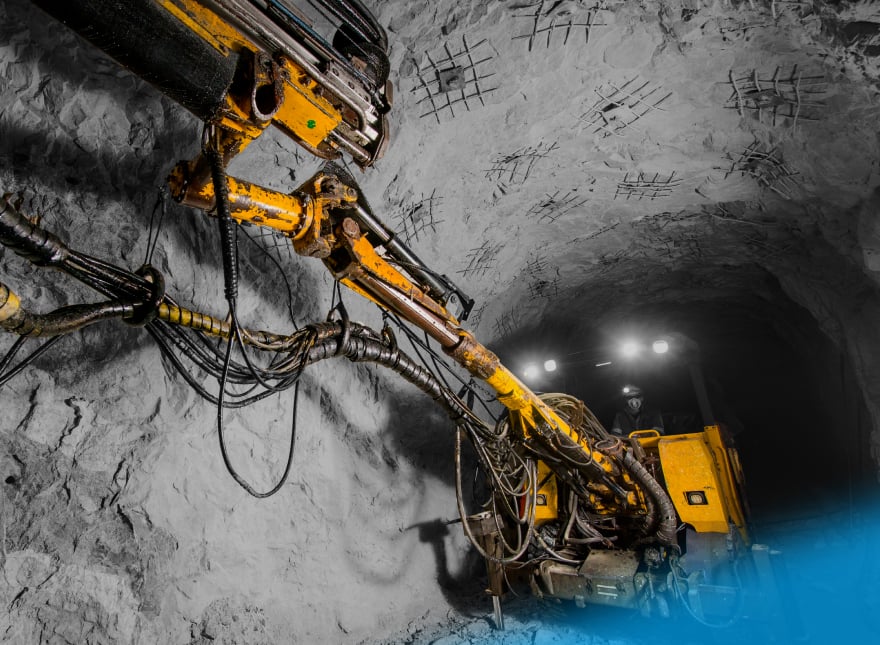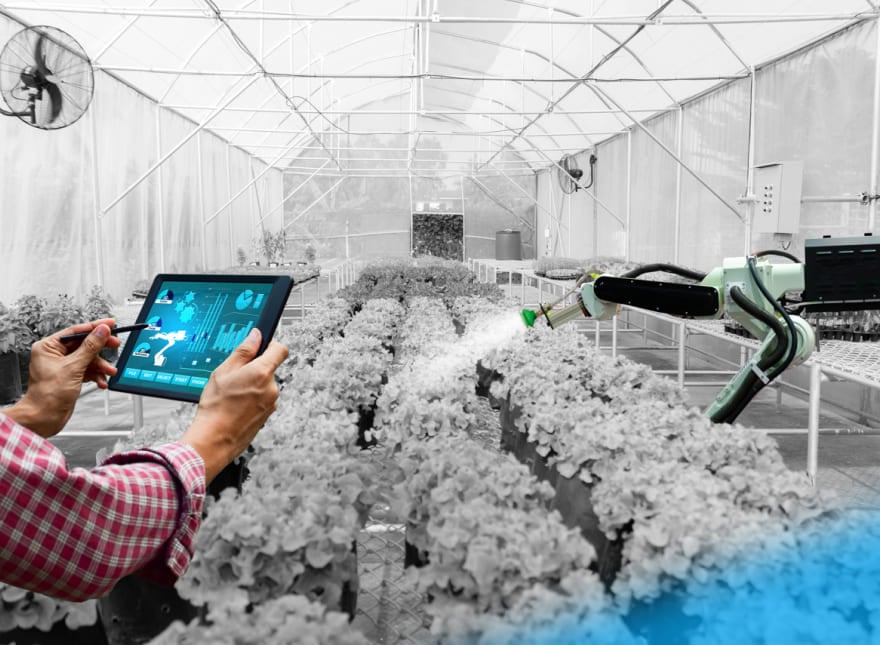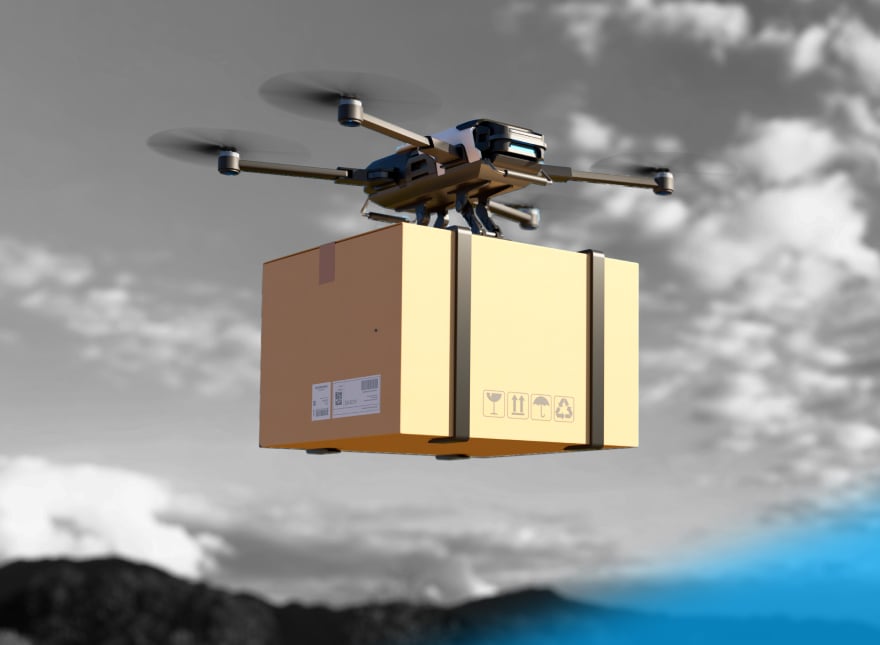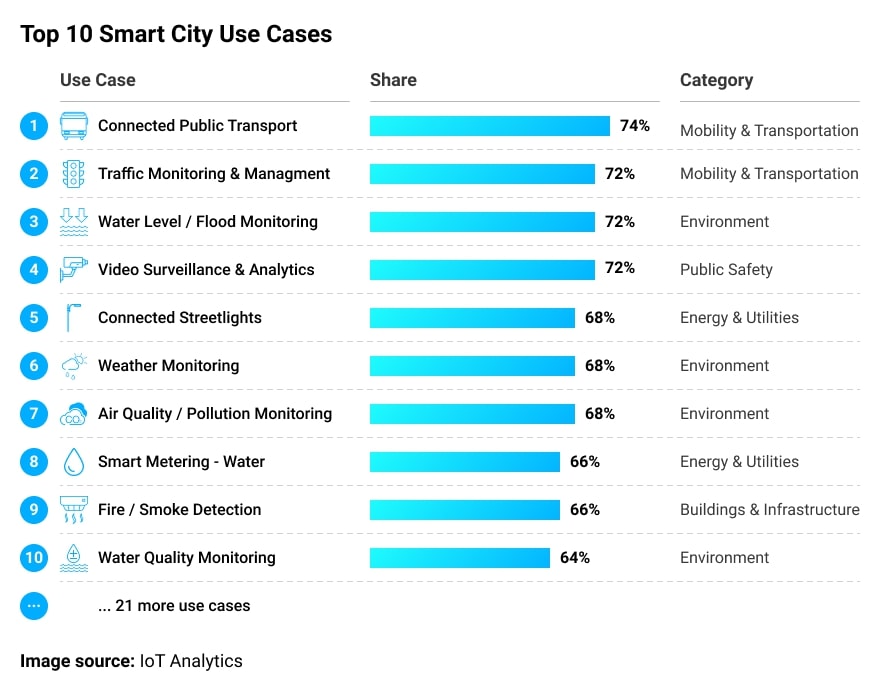How Smart Cities are Leveraging IoT for Waste Management
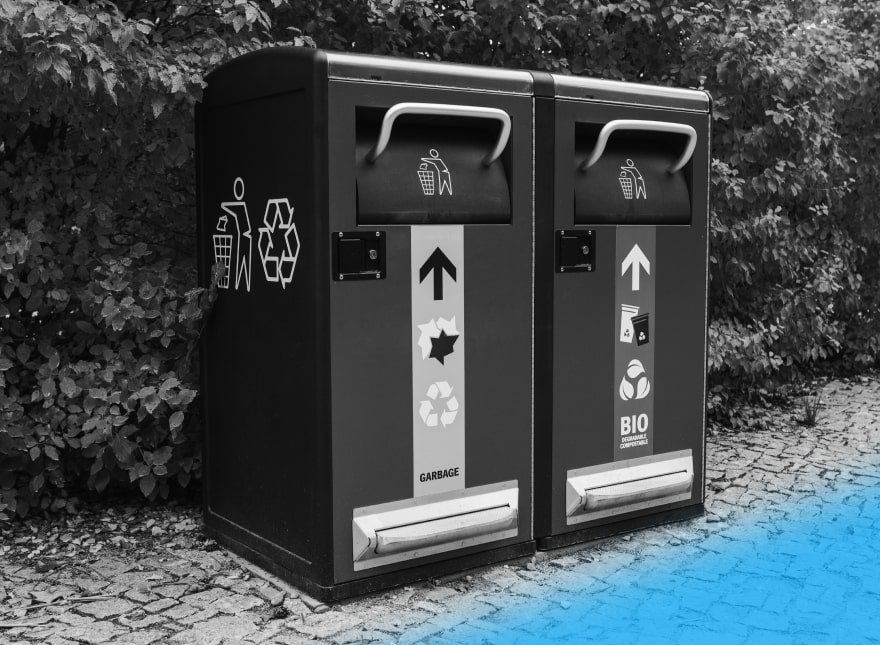
The Smart City concept revolves around collecting real-time data from citizens, personal vehicles, public transport, buildings, and other urban infrastructure components, such as power grids and waste disposal systems. The insights gained from this data help municipal authorities manage assets and services more efficiently.
According to a recent survey published by IoT Analytics, over 70% of cities have already deployed IoT systems for traffic, security, and water level monitoring.
Smart waste management is a new frontier for local authorities looking to reduce municipal solid waste and boost community recycling rates.
Table of Contents
How IoT Improves Waste Management in Smart Cities
The United States comprises only 4% of the global population but generates 12% of all municipal solid waste (MSW) filling our planet. Every day, Americans produce 700 thousand tons of trash. Even though recycling, commercial composting, and waste-to-energy plants have been around since the 1960s, 65% of US municipal solid waste still ends up in landfills.
New York residents, for example, recycle just 17% of their total waste. Chicago’s recycling rates barely top 8.8%.
Connected cities like San Francisco provide a much different narrative.
The city diverts about 80% of its waste from landfills and hopes to go “zero waste” by the end of 2020. Besides strict regulations and high waste management fees for end consumers and businesses, San Francisco has added technology to its recycling and composting operations. First, the city partnered with Recology, a company that spent $20 million to revamp its materials recovery facilities (MRFs). Recology leverages optical sorters, robots, and a machine vision system to evaluate the sorting equipment's effectiveness and recover plastic that would otherwise get lost. San Francisco went on to install Nordsense garbage level sensors in trash bins along major commercial corridors. The solution helped municipal authorities reduce the number of overflowing containers by 80% while optimizing operational expenses.
Across the globe, Smart Cities are popping up in South Korea, Spain, and the Netherlands among others.
Songdo International Business District, which was constructed on 600 hectares of reclaimed land near the Yellow Sea, is connected by a truck-free waste management system. The solution features sensor-equipped garbage bins and pneumatic pipes that suck waste directly from premises, separate organic and non-organic waste, and push it further into an underground network of pipes and tunnels straight to a fully automated waste collection plant.
Another example comes from Amsterdam, Europe’s smartest city. In 2014, Amsterdam equipped waste collection trucks with a weighing mechanism that instantly knows how much a container weighs and helps predict fill levels based on historical data with 80-90% accuracy. The city further installed 12,500 Enevo fill-level sensors in waste containers and tested the system on plastic waste. By scaling the IoT solution from trial to city-wide deployment, Amsterdam is aiming to achieve a €3 million reduction in annual waste collection costs.
A similar solution is deployed in Santander, a Spanish tourist hotspot. The city leverages 6,000 sensors and RFID and NFC tags to collect real-time data on waste levels in rubbish bins and containers.
Smart Waste Management with IoT: from Waste Bin Fill-level Sensors to Next-gen Recycling Technologies
IoT-driven waste management solutions implemented in Smart Cities typically consist of endpoint devices (sensors), gateways, cloud platforms, and web and mobile applications.
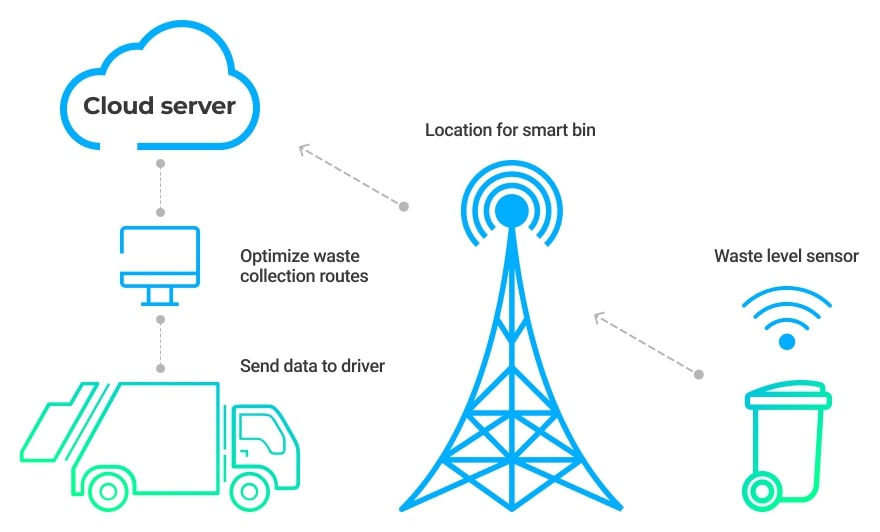
How IoT-based Waste Management Systems Work under the Hood
- Wireless solar or battery-powered ultrasonic sensors are attached to waste bins and dumpsters
- The sensors measure waste levels by emitting ultrasonic sound waves
- As a next step, they transmit the data to the gateway using low-power or cellular connectivity. The sensing devices may communicate directly with the gateway (star networks) or pass the data to neighboring nodes (mesh networks)
- The gateway relays sensor readings to the cloud. Advanced waste management systems may also incorporate edge devices that process critical data locally
- The cloud platform transforms raw sensor data into actionable insights and visualizes the information using dashboards
- Plant dispatchers and waste truck drivers access the data on PCs and mobile devices to detect bins and containers that need emptying and adjust their routes accordingly
Such systems help cities reduce traffic congestion, cut CO2 emissions, and decrease waste management costs, which comprise up to 50% of municipal budgets in most developing countries.
But Smart Cities’ journey to “zero waste” does not end here.
Solutions like the SAGE Automation Bulk Redemption Terminal take over waste sorting operations at recycling depots. Computer vision systems like AMP Robotics’ Neuron spot recyclable materials on conveyor belts and promptly notify MRF staff. And self-service kiosks for consumer electronics help citizens dispose of old devices in an eco-friendly manner.
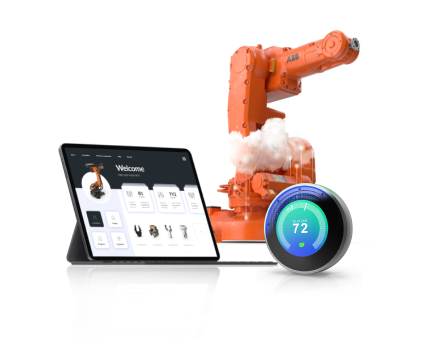
Why Cities Should Invest in IoT-based Waste Management Systems
By 2030, almost two-thirds of the world’s population will be living in cities. The amount of garbage produced by city dwellers is on track to reach six million tons by 2025. Waste disposal costs are rising too: the World Bank predicts global garbage collection expenses could top $375 billion in five years.
Most high-income cities, however, cover only a fraction of their waste management expenses by charging fees. The rest comes in the form of tax breaks, which takes a toll on local government budgets.
There’s strong evidence that IoT helps reduce the frequency of bin collections, minimizes overall waste collection costs, and lowers carbon emissions in cities. And while some cities are better equipped to deploy smart waste management systems at scale (think Amsterdam with its ubiquitous wireless connectivity, open city data, and startup hubs), the long-awaited 5G rollout and diminishing price of sensor devices could give a much-needed boost to Smart City initiatives across the globe.
More articles on the topic

